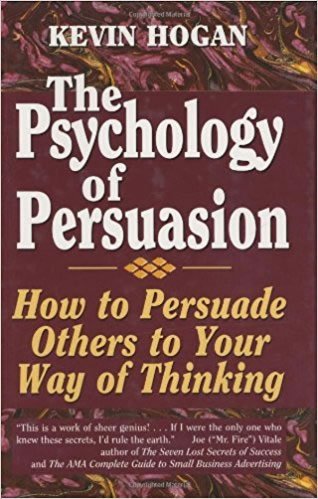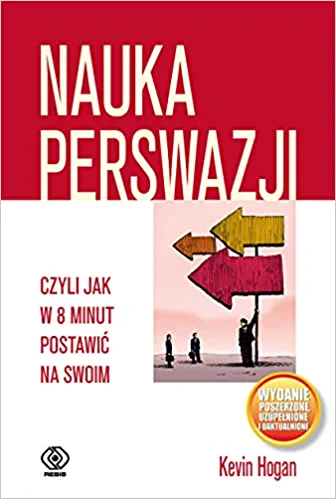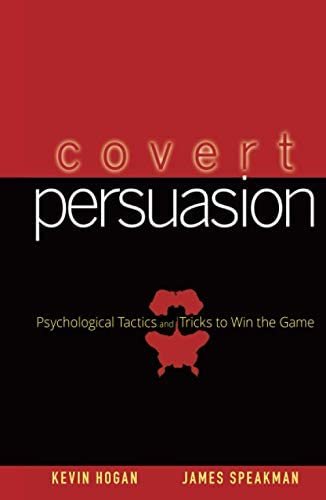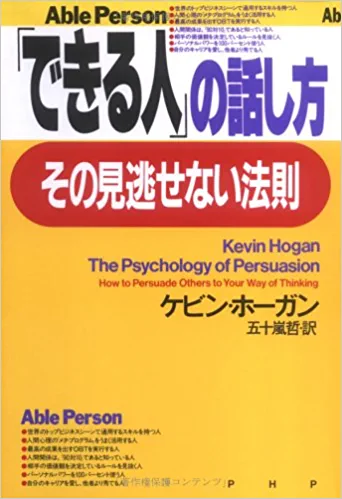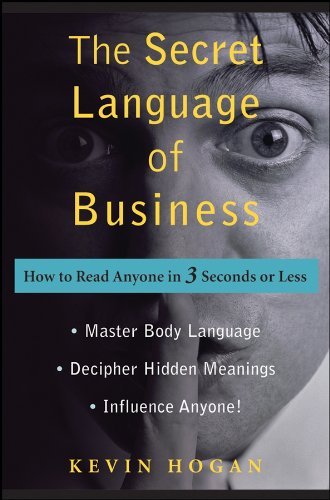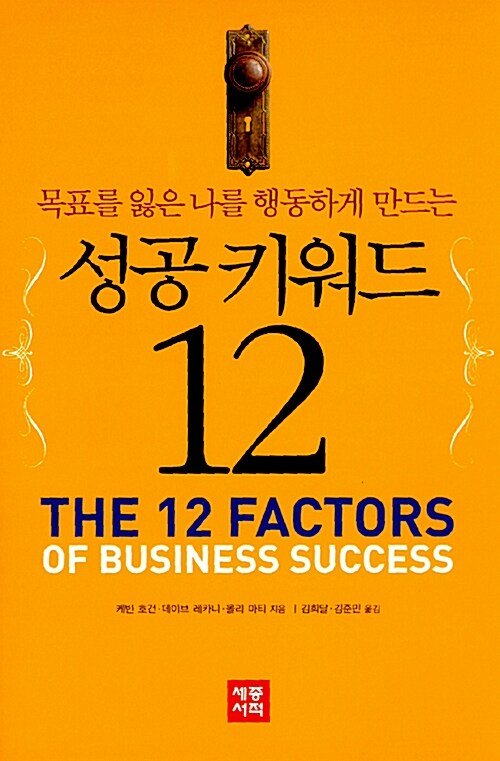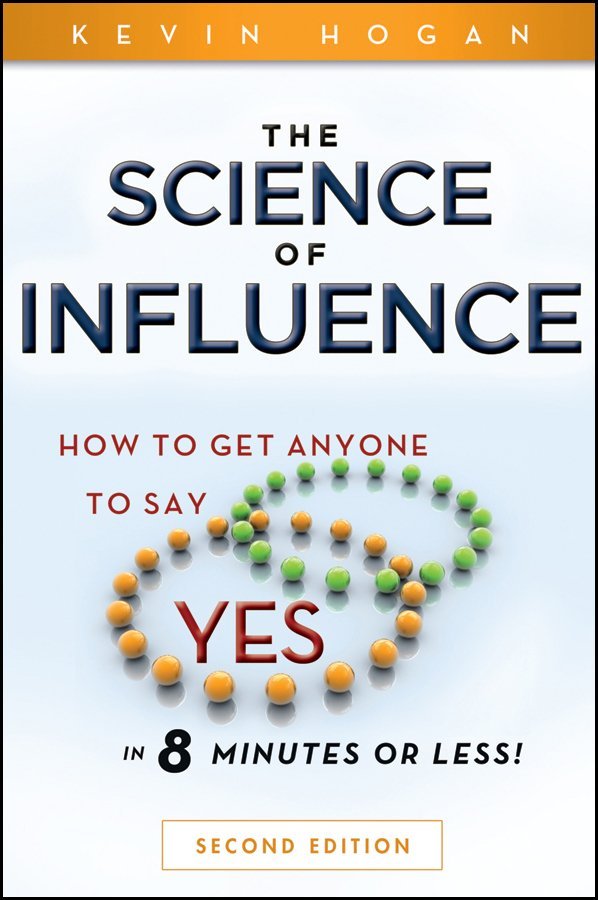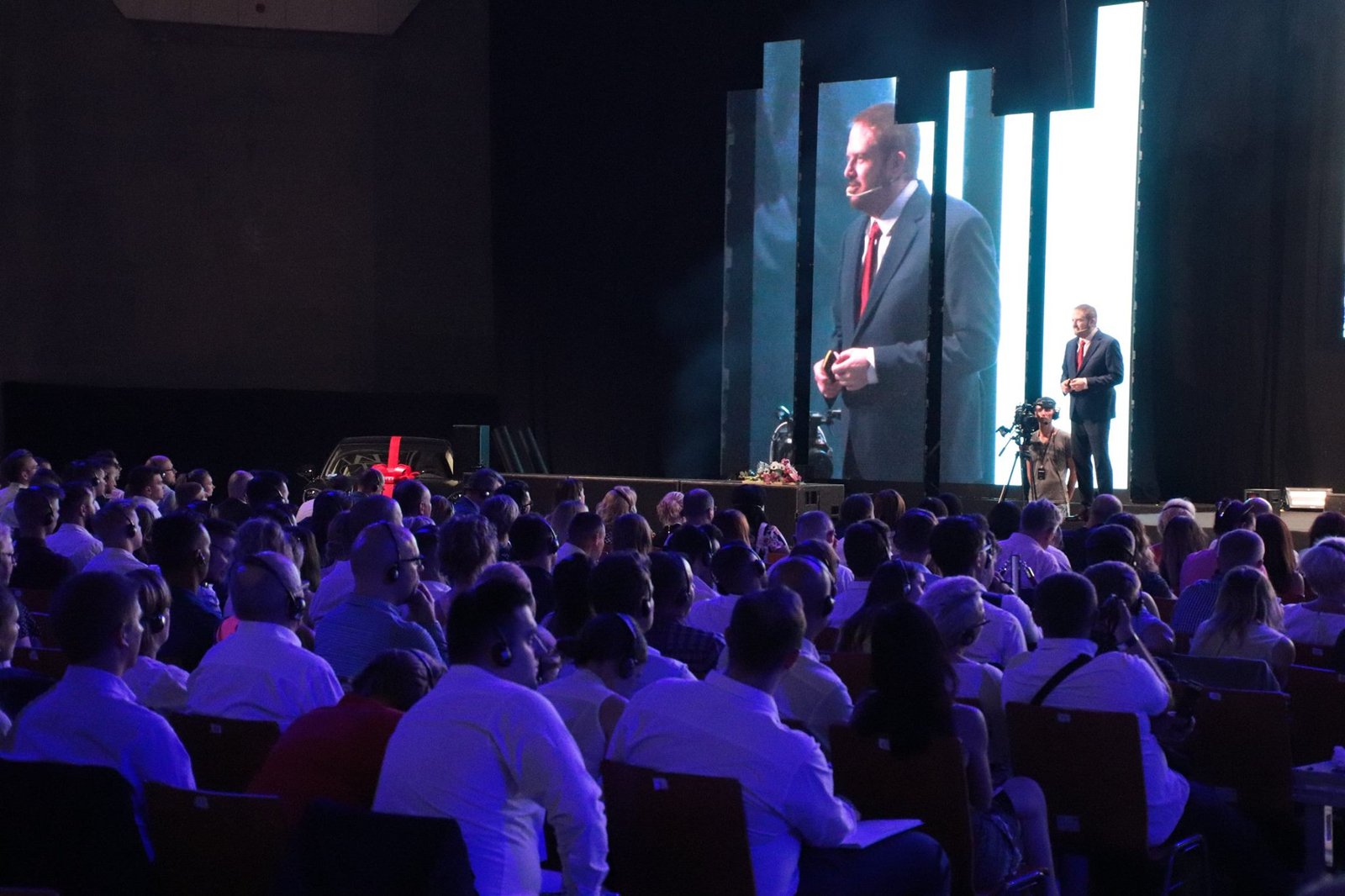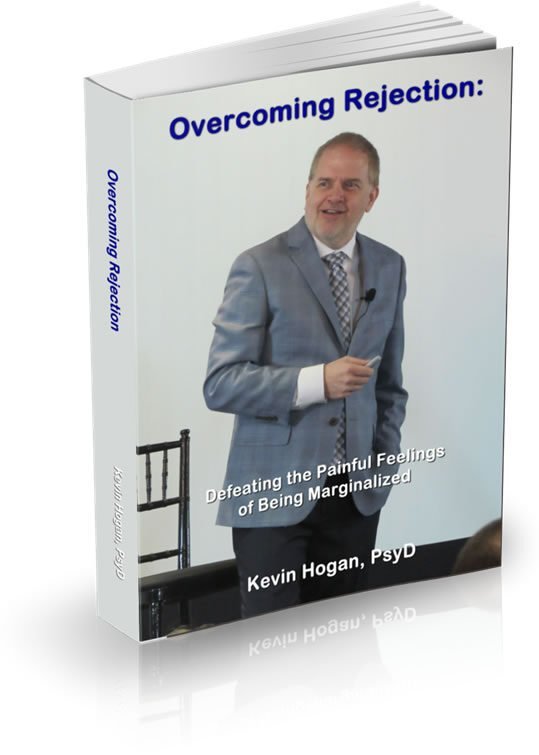
Why is it that people are impotent when it comes to influencing others, selling, marketing?
They use antiquated or defective strategies and tactics. They select the wrong people to talk to and make just about every other error on the planet, because no one, ever showed them how to effectively communicate, sell or market. Here are 7 little known techniques of persuasion and influence that would change anyone’s level of success in persuading others, selling and marketing.
7 New Discoveries or Little Know Persuasion Techniques

In the last couple of weeks, new research has been released that uncovers some of the soon to be classic influence strategies.
Some of it we predicted. Some we never could have guessed… not in a million years….
For several years we’ve known, for example, that on average, when a product is shown first or last in a presentation, it is more likely to be selected. BUT what we didn’t know were WHY and what the exceptions to the rules are and WHEN they occur.
1) Influence and Mood

Participants were first asked to write about either a happy or a sad event in their lives, to help establish their mood.
They were then presented with several mango-flavored desserts, and 69 percent of happy participants chose the first option they saw, compared to only 38.5 percent of unhappy participants.
The researchers also found that when happy consumers were asked to withhold judgment until all options were presented, they tended to prefer the last option they saw.
In another study, three dessert options — blueberry, almond, and plum pie — were presented sequentially, and consumers were explicitly asked to withhold judgment until all options had been presented. Happy consumers chose the last item 48 percent of the time, compared to just 26 percent of unhappy participants.
“If consumers are exposed to multiple options that differ only in global aesthetic aspects, they tend to evaluate each option spontaneously at the time they first encounter it,” explain the researchers.
“On the other hand, if consumers are exposed to multiple options that differ in important descriptive features, they may withhold their evaluation until they have seen all the options available and evaluate the last presented (most recent) option first.”
They conclude: “Altogether, these findings suggest that the influence of mood on comparison depends on which alternative in a choice set is the one being evaluated first.”
Journal reference: Cheng Qiu and Catherine W. M. Yeung, “Mood and Comparative Judgment: Does Mood Influence Everything and Finally Nothing?” Journal of Consumer Research
 Cool?
Cool?
So now you begin to learn how to place choices based on people’s moods.
2) Influence and Product Placement
Product placement is important in paying for the creation of new TV Series, movies, and it’s what Instagram is all albout. Hot girls now hold everything from beer and phones to computers and steering wheels in the new car. These are the new influencers. But not everyone is hot nor does everyone need to be to use product placement.
Imagine a can of Coke next to the word “awesome”; a can of Pepsi next to a picture of a happy couple. Does that seem too basic to be effective advertising? Keep reading to find out.
And if that could possibly be effective what would that mean for YOU and your life and how you interact with clients, friends and family each and everyday.
Next, notice how interruptions are now put into the mood equation…check it out!!!
Turn the page…
Prior research has shown that reported attitudes towards brands are not affected by such simple juxtapositions. However, a new paper in the Journal of Consumer Research examines our implicit opinions — and finds that we may actually be more susceptible than we think.

Bryan Gibson (Central Michigan University) showed undergraduate psychology students pairings of well-known cola brands with words and images. Some had positive associations: a field of flowers, the word “awesome,” or a mother holding a child. Others had negative associations: people at a grave site, the word “terrifying,” or a person in a contamination suit.
Participants were then distracted by an unrelated cognitive task — memorizing an eight-digit number — and offered a can of Coke or Pepsi to take home with them.
When distracted, those who were initially neutral towards both brands strongly tended to choose the brand that had been paired with positive images or words in the earlier task. Importantly, this happened even when the participant couldn’t remember which brand had been paired with positive information, Gibson reports.
Those who had an established preference for one brand before the experiment, as established by a pre-test, were not affected by the inclusion of a distracting task while making their choices.
“These results have implications regarding how consumer attitudes are formed, and how they are then applied in brand choice situations,” Gibson explains.
“This suggests that implicit product attitudes may play a greater role in product choice when the consumer is distracted or making an impulse purchase.”
Journal reference: Bryan Gibson, “Can Evaluative Conditioning Change Attitudes toward Mature Brands” New Evidence from the Implicit Association Test.” Journal of Consumer Research
Adapted from materials provided by University of Chicago Press Journals, via EurekAlert!, a service of AAAS.
3) Tension Based Word Pictures
Create a word picture that creates a moderate amount of tension if the client doesn’t do business with your company. In other words, what will the clients LOSE if they do NOT do business with you?
(a) Research: In one experiment with gambling, individuals were given the opportunity to flip a coin and bet $10. Only with a payoff of $25 and a possible loss on the individual’s part of $10 were most willing to gamble! That’s a 2.5:1 ratio for a 1:1 bet!
(b) Research on real life applications? Loss aversion is more pronounced for safety than money. (People will do more to protect themselves than their money.) Loss aversion is more pronounced for income than leisure. (Losing a chance to travel isn’t as powerful as losing income.)
Lesson: People move away from loss. Determine what people LOSE if they don’t do business with you and artfully develop word pictures that clarify the hurt they might experience if they don’t.
“You are seven times more likely to become disabled than die in any given year…and if you become permanently disabled your family will lose everything because you will be unable to work and they will have the added expense of taking care of you. If you carry insurance against this enormous risk, you avoid losing everything and have the ability to maintain a high standard of living no matter what happens to you.”
4) Sense of Fairness – It’s Not What You Would Guess
Don’t confuse opportunity costs with “out of pocket expenses.” Your customer doesn’t and is watching you to see how you promote your business.
(a) Research conducted in two cities by telephone sampling: Scenario 1. A shortage has developed for a certain popular make of automobile and customers must now wait two months for delivery. The dealer had been selling the cars at list price. Now the dealer prices the cars at $200 over list. Is this acceptable or unfair?
Acceptable 29%
Unfair 71%
Scenario 2: A shortage has developed for a certain popular make of automobile and customers must now wait two months for delivery. The dealer has been selling the cars at $200 below list price. Now the dealer sells this model at list price. Is this acceptable or unfair?
Acceptable 58%
Unfair 42%
(b) Same sampling as above. Scenario 3: A company is making a small profit. It is located in a city experiencing a recession with substantial unemployment but no inflation. The company decides to decrease wages and salaries this year by 7%. Acceptable or unfair?
Acceptable 37%
Unfair 63%
Scenario 4: A company is making a small profit. It is located in a city experiencing a recession with substantial unemployment and inflation of 12%. The company decides to increase salaries by only 5% this year. Acceptable or unfair?
Acceptable 78%
Unfair 22%
In both pairs of scenarios the situation presented is identical to the previous situation. However the consumer reacts very differently to each option. Consumers do NOT want to perceive money coming out of their pockets. Be certain to frame every promotion in such a way that the consumer is CLEARLY saving and assume no mathematical ability on the part of the consumer.
5) Influence and The Real Network

I’ve made a great deal of fuss about persuading not just the individual about their self/best interest, but to highlight the interest of the larger group, the community, or for God; whatever the individual most identifies with.
For some bizarre reason you rarely see promotions or sales presentations with this critical aspect. Best guess is that marketers and sales people have never been taught how important this is. Now they’ll have to listen up…check it out…
Turn the Page and Continue (and I just added one extra technique that I like a lot)

People act in their own best interests, according to traditional views of how and why we make the decisions that we do. However, psychologists at the Universities of Leicester and Exeter have recently found evidence that this assumption is not necessarily true. In fact the research, funded by the Economic and Social Research Council, shows that most of us will act in the best interest of our team — often at our own expense.
Psychologists carried out the first systematic tests of team reasoning theories by assessing two well known views of how people behave.
Orthodox or classical game predicts that people will act for selfish reasons.
Team reasoning theory suggests individual self-interest is not always foremost in the way people act, as they will act in the best interest of their “team”.
Lead researcher Professor Andrew Colman, of the University of Leicester School of Psychology, said: “We have shown that, in some circumstances, decision makers cooperate in their collective interests rather than following the purely selfish predictions of orthodox game theory.
We carried out two experiments designed to test classical game theory against theories of team reasoning developed in the 1990s by British game theorists.
According to classical game theory, decision makers invariably act in their individual self- interest, leading to “Nash equilibrium”, named after the US game theorist and Nobel laureate John Nash, depicted in the biopic A Beautiful Mind.

Theories of team reasoning were developed to explain why, in some circumstances, people seem to act not in their individual self-interest but in the interest of their families, companies, departments, or the religious, ethnic, or national groups with which they identify themselves.”
Professor Colman is delighted with the results. He said: “Team reasoning is a familiar process, but it is inexplicable within the framework of orthodox game theory. Our findings show for the first time that it predicts decision making more powerfully than orthodox game theory in some games.”
The study was carried out by Professor Andrew Colman and Dr Briony Pulford at the University of Leicester in collaboration with Dr Jo Rose of the University of Exeter.
The results will be published within the next few months in the journal Acta Psychologica, together with commentaries from decision theorists from the UK, the Netherlands, and the US.
Adapted from materials provided by University of Leicester, via EurekAlert!, a service of AAAS.
6) Loyalty, I’ll Start
People will let you down in life and business. You’ll give more than they do and you’ll often be disappointed, but you will be successful because of your consistently induced loyalty.
Some of the best persuasion tactics in the world are built around induced loyalty.
The airline gives you 10,000 miles (worth about $100) for applying for their credit card. When you reach say 50,000 miles you get a “free” flight somewhere. Each dollar you spend adds a point to your account.
Legend Point – They INDUCE loyalty by giving you that first 10,000 miles. It’s not enough to get you that free trip by itself but it MOVES YOU toward your “free flight.”
I’ve seen fabulous real life examples of loyalty induction by everyone from McDonald’s to Subway in the fast food industry. Subway gave a wallet sized card with two stickers on it, with 8 spaces remaining for stickers and for years they helped build their franchises on induced loyalty. Subway had to stop their loyalty because people that were greedy committed fraud by printing the stickers on their home printers. The screw ups, sadly, screw things up for everyone. But Subway has started a new program on it’s App and it will probably work. Probably. I’ll be watching!
My insurance agent induced loyalty with me when I was a kid. Yep, I’ve had the same insurance agent for decades. He gave me tons of advice on saving insurance premium money when I was young and he made sure I had coverages that were best for me. It took him a few hours to help me in those days. He earned my loyalty for years…and still has it.
Isn’t loyalty just reciprocity?
Not even close.
The automobile is not the same as the tires on the car.
Inducing reciprocity is certainly about giving someone something they perceive as valuable and part of the desired result is that they will behave in a positive fashion toward you. Inducing reciprocity can be a strong approach in relationships, but it is a “bid” not the long term game. The “game” is loyalty, a long term, enduring connection that must be mutually beneficial.
Cool Huh? Imagine what you can do in business tomorrow when you have this information! How are you going to use it?
Covert Influence: Hidden Persuaders They (Your Competition) Don’t Want You to Have
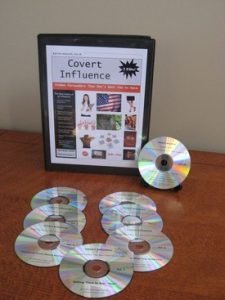
I want to show you one of the most surprising and perhaps one of the most uncomfortable…and powerful phenomenon in Covert Influence. In fact, I want to share with you all the latest research available (well, almost all…!)
Influence Without Resistance. What’s the Key Factor? You’ll have most amazing, truly stunning tactics in predicting what and how your client (spouse, child, customer, read: anyone) will choose. Thus, you are a step ahead of anyone else in implementing the most powerful phenomena in consumer research today. Find out with this program!
Creating Irresistible Impulse. The button is there (for everyone); it just needs to be pushed. What are some of the irresistible impulses marketers are using on you? How can you take advantage of these tactics yourself? It’s all here in this section. Kevin details the marketing phenomenon that pushes the buttons…all the way to irresistible.
Tapping into Human Desires & Emotions. With just ONE change in strategy, a non-profit organization can get 5 times the donations. What can this strategy do for you? You can’t afford NOT to implement this tactic now.
Desires and Emotions… That Influence. You’ve heard some rumors, I’m sure about negative emotions and positive emotions in the influence process. But do you know what actually works, and what to emphasize in the process, and when? Find out once and for all!
Tribes. You’ve heard the term. What does it describe? How does it come into play in the influence process? Most important, how do you utilize the concept of the Tribe in order to make more sales? It’s all here… Kevin explains about subgroups and how to make appeals based on whether a group is “in” or “out”. This is cutting edge research that benefits you.
Covert Influence…to Control Behavior. You’ve seen the signs. Above the candy jar, tacked to the break room wall. Even posted on a fence, or highway. How do signs really influence? What elements should be used in signs to covertly control behavior? Fascinating new research uncovered for you!


